#subterranean home
Text

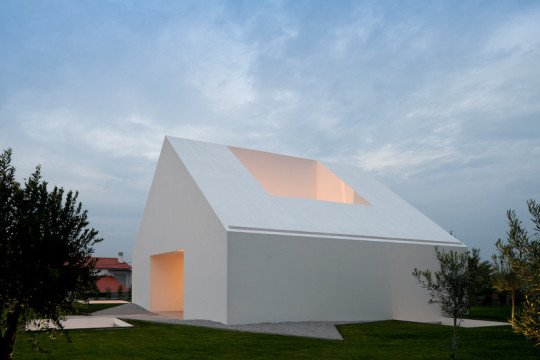



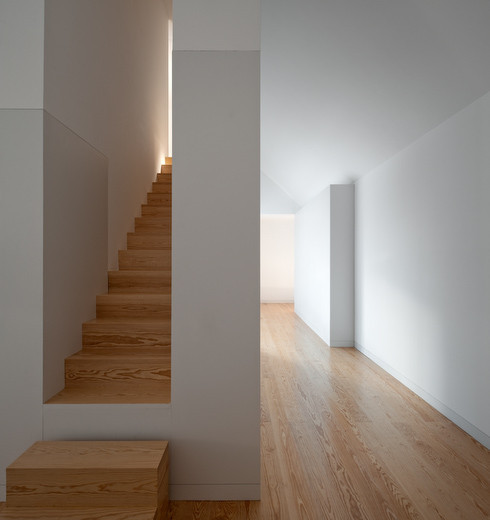
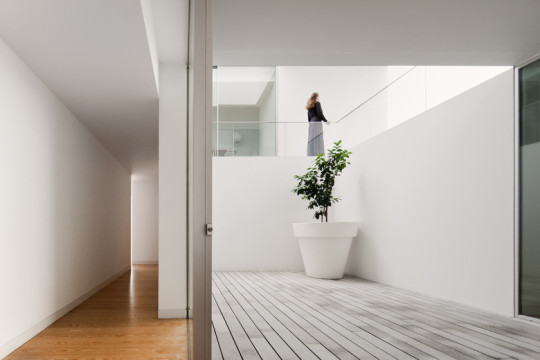
Gallery House, Leiria, Portugal - Aires Mateus
#Aires Mateus#architecture#design#building#modern architecture#interiors#house#minimal#house design#contemporary#timber flooring#light#render#subterranean#courtyard#stairs#cool homes#beautiful design#portugal#white walls
266 notes
·
View notes
Text
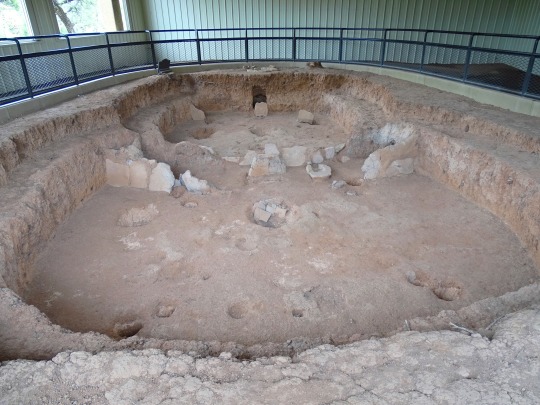
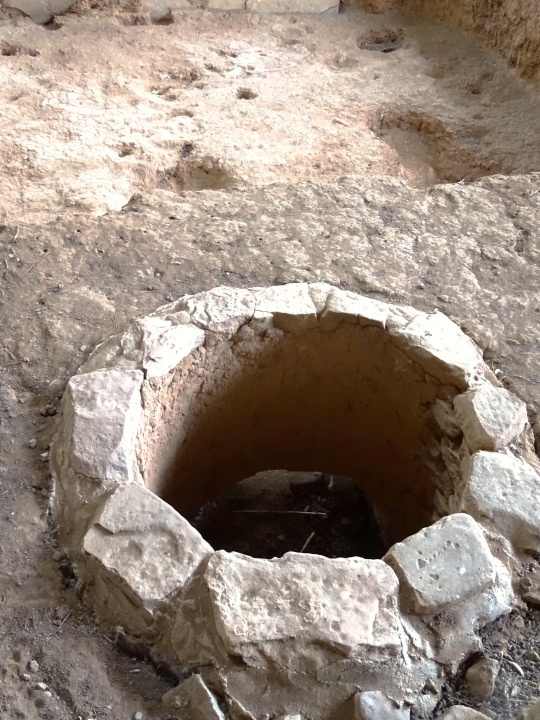


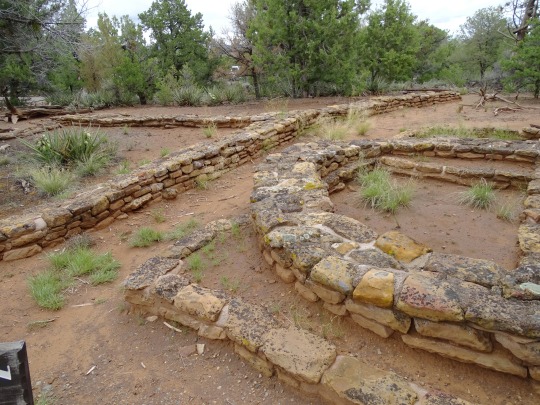

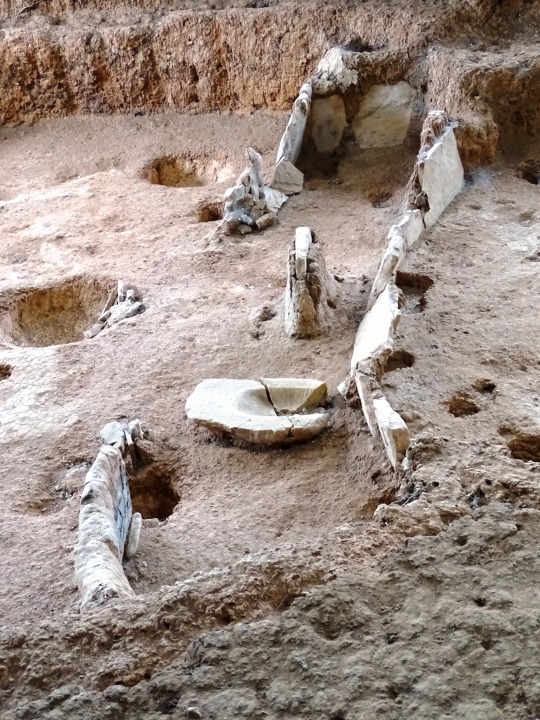


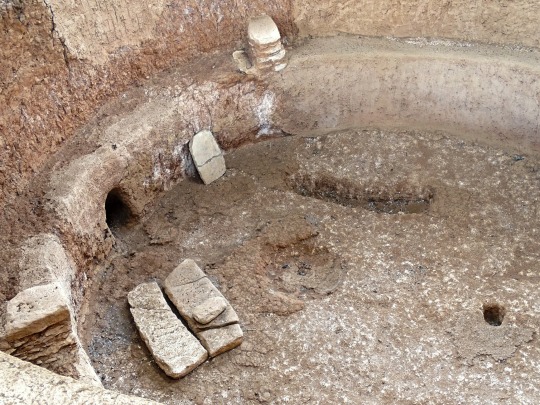

Mesa Verde National Park (No. 10)
With the introduction of corn to the Mesa Verde region c. 1000 BC and the trend away from nomadism toward permanent pithouse settlements, the Archaic Pueblonians transitioned into what archaeologists call the Basketmaker culture. Basketmaker II people are characterized by their combination of foraging and farming skills, use of the atlatl, and creation of finely woven baskets in the absence of earthen pottery. By 300, corn had become the preeminent staple of the Basketmaker II people's diet, which relied less and less on wild food sources and more on domesticated crops.
In addition to the fine basketry for which they were named, Basketmaker II people fashioned a variety of household items from plant and animal materials, including sandals, robes, pouches, mats, and blankets. They also made clay pipes and gaming pieces. Basketmaker men were relatively short and muscular, averaging less than 5.5 feet (1.7 m) tall. Their skeletal remains reveal signs of hard labor and extensive travel, including degenerative joint disease, healed fractures, and moderate anemia associated with iron deficiency. They buried their dead near or amongst their settlements, and often included luxury items as gifts, which might indicate differences in relative social status. Basketmaker II people are also known for their distinctive rock art, which can be found throughout Mesa Verde. They depicted animals and people, in both abstract and realistic forms, in single works and more elaborate panels. A common subject was the hunchbacked flute player that the Hopi call Kokopelli.
Source: Wikipedia
#Badger House Community#Wetherill Mesa#antechamber#pithouse#semi-subterranean home#Mesa Verde National Park#UNESCO World Heritage Site#Paleo-Americans#Mountain West Region#ancestral puebloan archaeological site#Montezuma County#Native American history#archaeology#ruins#tourist attraction#landmark#travel#vacation#summer 2022#Colorado#USA#original photography#flora#landscape#countryside
107 notes
·
View notes
Text
yknow I play a lot of hard games but usually not "took 73 days to beat" hard
#aka gUESS WHO JUST BEAT RAIN WORLD. AFTER TWO AND A HALF MONTHS#rain world#peridots-nonsense#i got into subterranean like a week ago but have been mostly hanging around by the worm grass shelter for 20 cycles#i went to every region (even if i only spent a couple minutes total in drainage lol). met every echo besides the farm arrays one.#got every passage achievement (every one besides dragon slayer/wanderer in outskirts and industrial within my first few weeks of playing)#and never used a passage anyway. three months!!! rounding up a little! for a game that can be beat in less than 20 cycles.#dh was twelve days (though i'd played through part of it years earlier). stray was seven hours. insc was only a couple days.#i've done two separate ultkill playthroughs so not sure which to count but both were less than a week#hk was actually just over a month. may 24 to june 26th. which is still so much less than this. bftes about a month too#i remember how even just a week into rw i felt like i'd been playing it forever...even just a week in i knew it would be one of Those Games#where i wish i could play it over for the first time again. boy was i right. it almost felt like a second life at times#i loved just running around in certain areas building up stores of food and spears and vulture masks#(what comes to mind are / HI_S02 / CC_S05 / SI_S04 / SB_S07. the first two felt like home!)#(* up in the sixth tag i missed the friend. i was relishing in hubristic bloodlust especially in CC so i didn't have much time for taming)#if the tags here seem particularly incoherent i only falsely apologize. i'm just. reminiscing. i don't think i can do anything else#my heart was pounding as soon as i reached the depths. after 325 cycles. 116 hours. two and a half months. it's over.#maybe a little dramatic but hey it took up an invariable portion of my life for a fifth of a year so. it's just interesting#anyway. a standard ''i took too long on this and now the sun's rising'' goodbye to you tag-wanderer
11 notes
·
View notes
Text
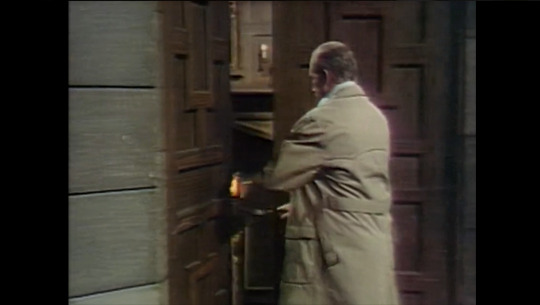




there he is... that's my boy
#ds liveblogging.#970.#MY FAVORITE NIECE. MARRIED. TO A PHOTOGRAPHER. THAT WEARS BLUE JEANS!#(and also was involved in a plot to bring some evil subterranean eldritch entities to power. or smth)#he would have flown home :'''') <3#ohhh his silver hairrr. .....#roger has aged like 20 years in the last six months and who can blame him.
4 notes
·
View notes
Text
when i die i want my body to end up like the titan from the owl house
#home to entire empires of ecology#decomposition (positive)#morbidly specific posts for Me to keep the rent down#hopefully it will be a subterranean empire#but i'm not picky!#text it
3 notes
·
View notes
Video
vimeo
Lecture 6: “Subterranean Homesick Blues” (1965): This tune, from Bob Dylan’s fifth studio album Bringing it All Back Home (1965), was his first Top 40 hit, reaching #39 on the Billboard 100. Dylan drew on influences from Woody Guthrie, Pete Seeger, Chuck Berry, and the beat poet Jack Kerouac when writing “Subterranean Homesick Blues,” a song that alludes to contemporary issues such as the emerging counter-culture and civil rights. The early music video was also innovative, particularly Dylan’s use of giant cue cards. Fun fact: Beat poet and counter-cultural icon Allen Ginsberg (with the beard) can be seen in the background, to the left. This scene is a clip from the late, great D. A. Pennebaker‘s landmark rockumentary, Don’t Look Back (1967).
#Bob Dylan#folk rock#folk music#Subterranean Homesick Blues#1965#Allen Ginsberg#D. A. Pennebaker#Bringing it All Back Home (1965)#Don't Look Back (1967)#rockumentary
5 notes
·
View notes
Text
instagram
#beatnik#beat poetry#allen ginsberg#william s burroughs#visual aids#bringing it all back home#subterranean homesick blues#best albums#Instagram
0 notes
Audio
4:01 PM EST February 29, 2024:
Bob Dylan - “Subterranean Homesick Blues”
From the album Bringing It All Back Home
(March 22, 1965)
Last song scrobbled from iTunes at Last.fm
–
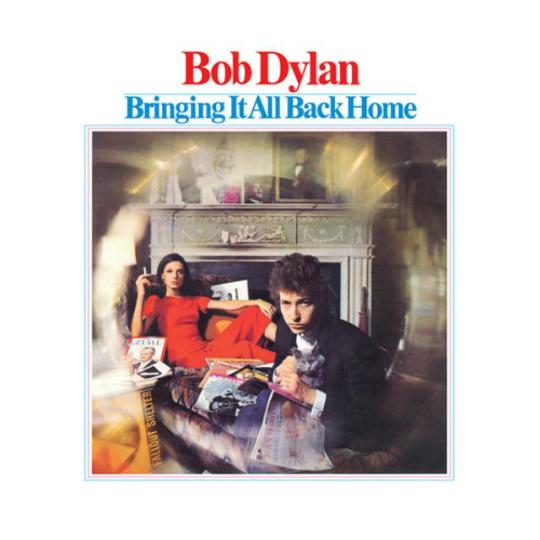
1 note
·
View note
Photo

San Diego Roofing
Idea for a large, contemporary, two-story beige home with mixed siding and a metal roof
0 notes
Text
The Ultimate Guide to Termites AKA White Ants in Australia
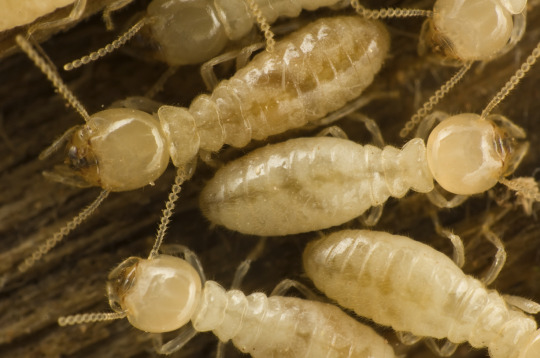
Guard your home! 1 in 3 Australian homes face white ant troubles. Termites might lurk too. This podcast helps prevent or tackle infestations, saving your home from further harm.
#home inspection#subterranean termites#termite infestation#termite inspection#white ant bait stations#white ant control#white ant infestation#white ant treatment
0 notes
Photo


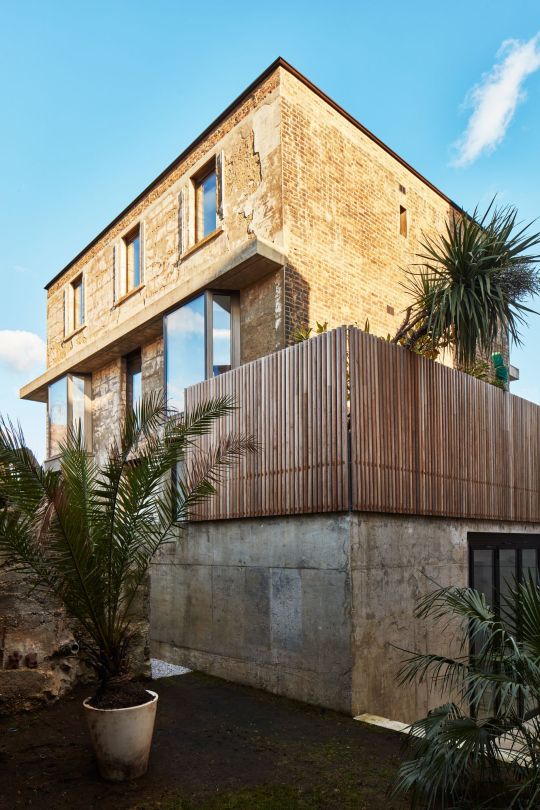

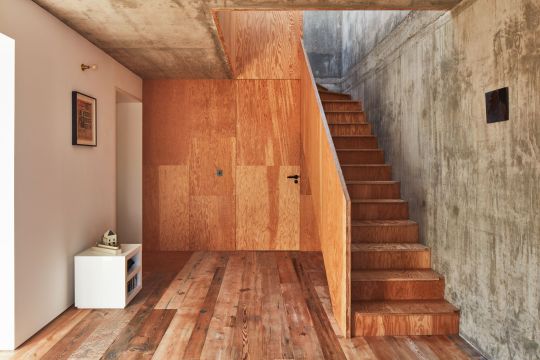


Mole House, London - David Adjaye
https://www.adjaye.com/
#David Adjaye#architecture#design#building#modern architecture#modern#architecture blog#house#house design#home#modern house#architect#reuse#renovation#old and new#subterranean#sunken#tunnels#artist#art#industrial#concrete#interiors#interior design#minimal#minimalist architecture#cool architecture#cool houses#london#england
181 notes
·
View notes
Text
Subterranean Homesick Blues - Bob Dylan - 1965
youtube
Honestly, one of my all time favorite songs.
1 note
·
View note
Photo

Medium Los Angeles
Mid-sized trendy concrete floor wine cellar photo with storage racks
#luxury wine cellar#luxury custom home#subterranean#wine room with glass#high end wine cellar#wine cellar design#hidden wine storage
0 notes
Photo
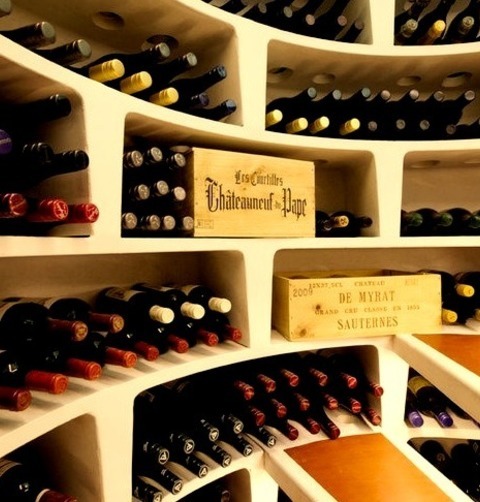
Medium Wine Cellar
Inspiration for a mid-sized contemporary concrete floor wine cellar remodel with storage racks
0 notes
Text
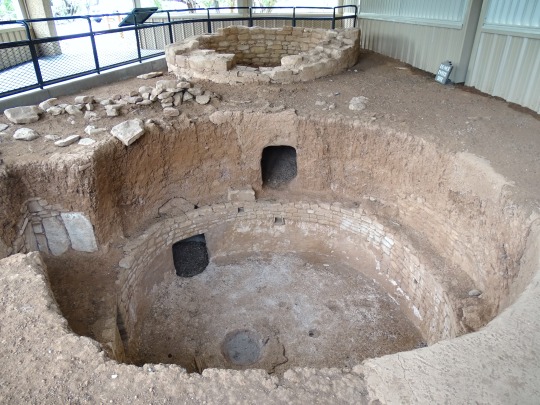

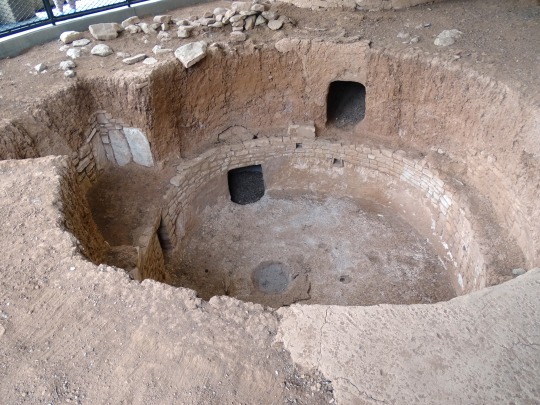


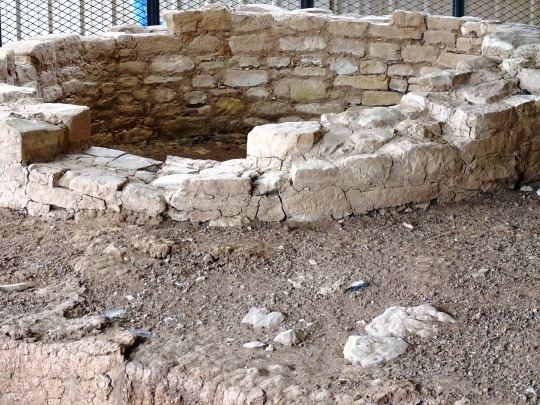
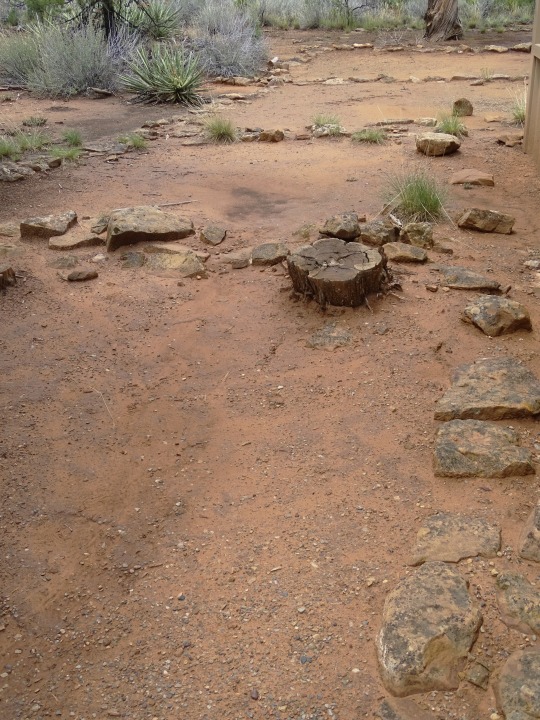

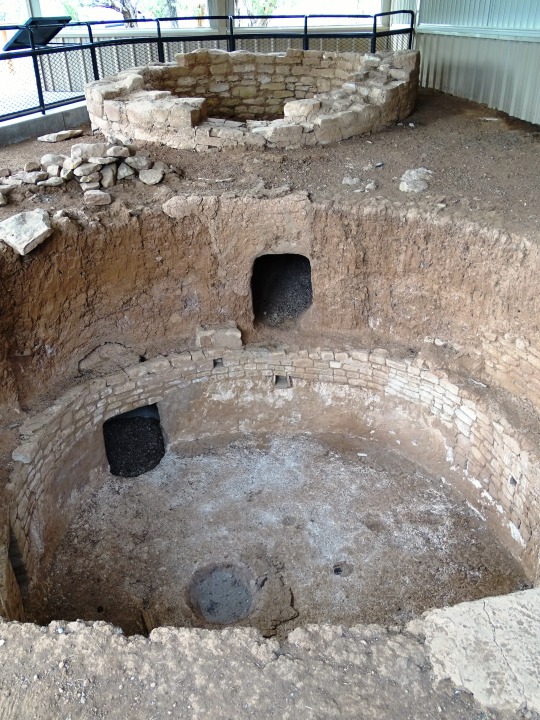

Mesa Verde National Park (No. 12)
750 marks the end of the Basketmaker III Era and the beginning of the Pueblo I period. The transition is characterized by major changes in the design and construction of buildings and the organization of household activities. Pueblo I people doubled their capacity for food storage from one year to two and built interconnected, year-round residences called pueblos. Many household activities that had previously been reserved for subterranean pit-houses were moved to these above-ground dwellings. This altered the function of pit-houses from all-purpose spaces to ones used primarily for community ceremonies, although they continued to house large extended families, particularly during winter months. During the late 8th century, Pueblonians began building square pit structures that archaeologists call protokivas. They were typically 3 or 4 feet (0.91 or 1.22 m) deep and 12 to 20 feet (3.7 to 6.1 m) wide.
The first pueblos appeared at Mesa Verde sometime after 650; by 850 more than half of Pueblonians lived in them. As local populations grew, Puebloans found it difficult to survive on hunting, foraging, and gardening, which made them increasingly reliant on domesticated corn. This shift from semi-nomadism to a "sedentary and communal way of life changed ancestral Pueblo society forever". Within a generation the average number of households in these settlements grew from 1-3 to 15-20, with average populations of two hundred people. Population density increased dramatically, with as many as a dozen families occupying roughly the same space that had formerly housed two. This brought increased security against raids and encouraged greater cooperation amongst residents. It also facilitated trade and intermarriage between clans, and by the late 8th century, as Mesa Verde's population was being augmented by settlers from the south, four distinct cultural groups occupied the same villages.
Source: Wikipedia
#Badger House Community#antechamber#USA#original photography#travel#vacation#tourist attraction#landmark#cityscape#architecture#landscape#semi-subterranean home#UNESCO World Heritage Site#Mesa Verde National Park#Mountain West Region#ancestral puebloan archaeological site#Native American history#archaeology#Colorado#ruins#summer 2022#flora#nature
1 note
·
View note
Photo

Contemporary Wine Cellar - Racks
Image of a medium-sized, trendy wine cellar with a concrete floor and storage racks
#wine cellar design#spiral wine cellar#subterranean#hidden wine room#home wine bar#glass wine room#interior design
0 notes